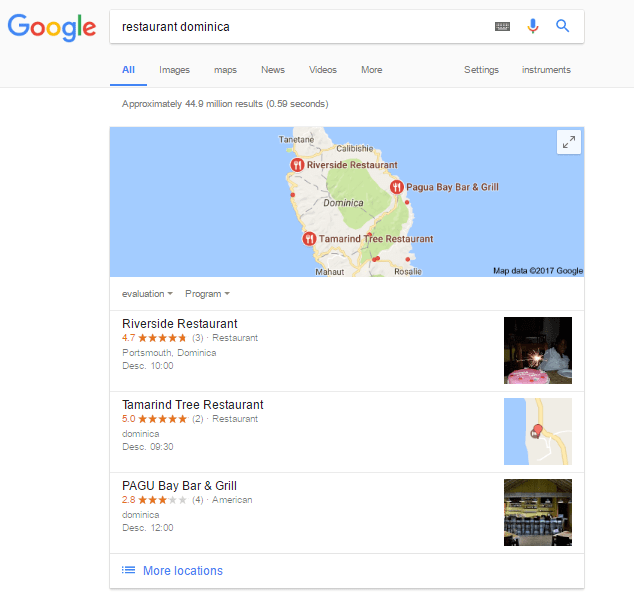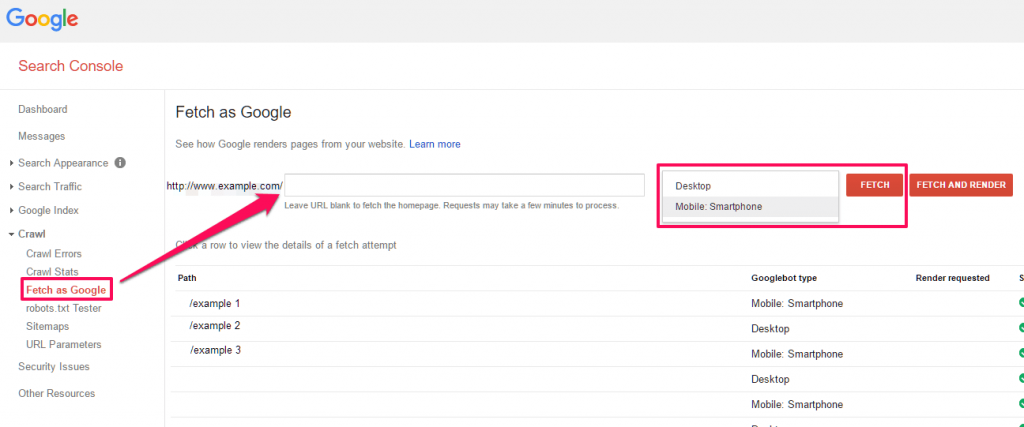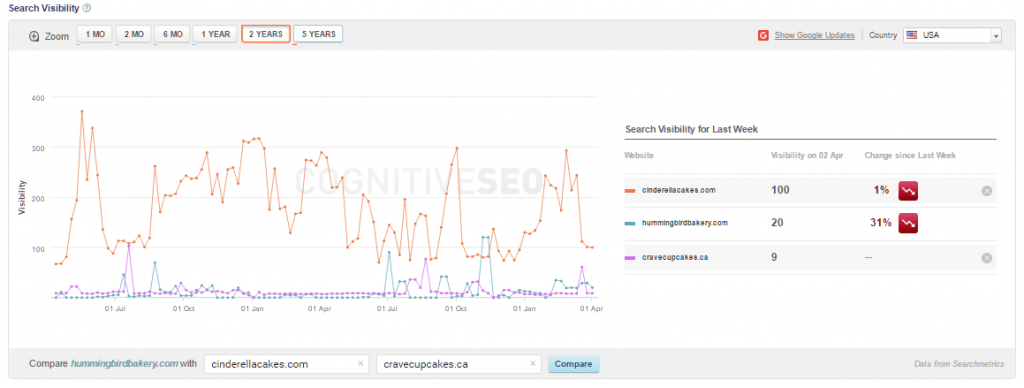SEO can be a scary thing for a small business. You always have to compete with the big guys. Not to mention you have to squeeze your whole SEO strategy on a limited budget.
Before you start reading this eye-opening guide on building an SEO strategy on a friendly budget, get your coffee or tea. Then you can sit back at your desk and start your day properly with this blog post. It will help you get through the hard days as it will help you answer the big question: How to build an SEO strategy on a limited budget? It’s hard but not impossible. On this article, you will find some great tips for small businesses on how to shape online marketing campaigns with limited financial SEO efforts.

We’ve got you covered with a guide on how to build a robust SEO strategy on a shoestring marketing budget. Although the next steps worked for other companies, we can’t guarantee a 100% success, because it depends on the industry, on how small your budget is and on the approach. However, these are a few steps to get you going and start growing your rankings. And even if it won’t boost your traffic to the skies, definitely it will give your SEO campaign a clear advantage.
Remember that no matter what, it is important to do things on a white hat level, so you don’t get wiped off the face of the organic searches.
Now ask yourself: how can you build a robust SEO strategy on a small budget? First, you need to check for errors, then plan a local SEO strategy, optimize for long tail keywords and so on. Check out these steps to build a strong SEO plan and … see you on top (of search results)!
- Steps for Building a Robust SEO Strategy on a Limited Budget
- Focus on Local SEO Optimization to Dominate Local Search
- Look for Content Opportunities and Fill in the Gaps in Your Competitors’ Website
- Try Guest Blogging to Work Wonders for Your SEO Strategy
- Optimize for Long Tail Keywords and Phrases
- Improve Page Speed with Minimum Efforts
- Check and Fix Errors in the Search Console to Clean up Your Website
- Get Involved with Local Networking & Meetups
- Fetch Your Content with Google to Make It Easy for Search Engines to Show Your Content
- Become a Recognized Content Publisher to Increase Awareness and Authority in Your Industry
- Use Reverse Engineering to Follow What Worked for Your Competitors or Experts
- Get Your Hands on the Winning SEO Strategy
Steps for Building a Robust SEO Strategy on Limited Budget
If you feel overwhelmed by the work you need to do and the money you need to spend when you hear the word SEO, don’t sweat it, we’ve got your back. Whether you are the head of the marketing team, in charge of the management of the webmaster tools, the social media manager or the one responsible for creating quality content, your aim is probably the same: show up among the first on the organic searches, with as little invested money as possible. This is why we’ve built up a few ideas for creating an SEO strategy on a tight budget. Some of these marketing tips would be a great fit for mobile SEO, also.
All the SEO tips gather on today’s article are a great match for a startup, local business, small company or maybe a new independent subsidiary. You can do wonders with a little guidance for onpage optimization and offpage SEO. We’ve thought about everything on SEO strategies to keep you in line with the big guys in the online marketing world. You’ll find a few link building strategies, search engine optimizations lessons, hands-on recommendations and opportunities to increase ranking.
Below we’ve put together a smart guide to help you get the winning SEO strategy on limited budget.
Step 1. Focus on Local SEO Optimization to Dominate Local Search
Website presence is a must and so is the local SEO optimization. Before you even start running, take small steps first. Think locally and maybe when you’ve got some experience you’ll start acting globally. Start small, think big and then work your way up on a shoestring budget.
Local SEO has got a lot of attention lately, and that’s because it’s a good way to grow your company, especially if you have a limited budget. If you offer a local service, then you need to focus your energy and money into ranking among the first positions. A good starting point to do that is to register your firm into Google My Business. It is quite simple to do that and in just 2 clicks or so you can set up your business account. You have to log in with an email address into Google and then fill in a form with your company’s contact information, such as name, address, phone number (NAP).
The good part of this process is that your face, I actually mean your company, will show up on the map and SERP. To get a sense of what I’m implying, take a look at the next search query on Google.

You can see that first results were from Maps and then appeared the organic results. It depends very much on whether the locations map appears based on your type of industry, products, business and so on.
Here are the steps you need to follow in order to make sure you’ll be among the first in the search results:
- place the city/location of your business in the title tag;
- the NAP information is correct;
- try to get reviews naturally;
- write local content (optimize your content for the local customers);
Step 2. Look for Content Opportunities and Fill in the Gaps in Your Competitors’ Website
Another good idea to work on a small SEO budget is to look for content gaps at your competitors. Watch their social media activity to search for their social media marketing strategies, read their blogs, see what they are missing, read the comments and find out what other people’s needs are and start making fresh new content or improve the one you already have. If you found the gaps, you can use the new content and share it to generate a new clientele.
Keep an eye on content gaps in conversations in relevant forums, blogs, online publications.
Then write new pieces of content based on what those people were asking for, post links with answers and reach out to webmasters who wrote similar content to create a debate. It could be a great chance for you to get links because you fulfilled a need and helped fill in an important gap.
Step 3. Try Guest Blogging to Work Wonders for Your SEO Strategy
If you’re a savvy blogger, you know what guest blogging means: the idea is that a copywriter creates content for a blog that is not his. It is a good opportunity to develop awareness and prove that you’re an expert in your industry. Make sure to choose relevant blogs, that they have engagement on the blog. Also, seek that those blogs are trustworthy and have relevant content. When you decide to take this idea into consideration, follow the next goals:
- target blogs with a whole new audience;
- present yourself as a thought leader;
- engage yourself in conversations with well-known bloggers in your industry from the blogosphere.
Because of the bad turn that the word guest blogging took in the past, it is good to understand that you need to keep your name clean, your content accurate and your links nofollow. That is if don’t want to have a spammy look, draw bad attention from Google and get “honored” with a red flag instead of a blue ribbon.
If you write guest posts, it is a good chance to increase website traffic to both participants (the owner of the blog and the guest bloggers’ website).
Step 4. Optimizing for Long Tail Keywords and Phrases
Another idea to build a robust SEO strategy on a limited budget is to go for long tail keywords or phrases. Also, you can use this tip if you are in a competitive niche, try to make yourself noticed among the big guys and want to show your face in the top results.
It is really necessary to do a keyword research, first. It is better to optimize for a long tail keyword if you have a small budget because you don’t have the necessary assets to compete with large enterprises. So make sure you’ve got the right keywords, not too specific, though because in that situation nobody might look for them.
Use Google Automation Suggestion in combination with Google Keyword Planner, Search Console or other (free or paid) tools to make the best choices.
Some of the best benefits of the long tail keywords include:
- low competition compared with short tail keywords;
- more relevant and in some cases more targeted searches;
- a larger number of conversions due to the fact that they bring qualitative traffic.
Step 5. Improve Page Speed with Minimum Efforts
For this strategic approach you’ll have to check the page load speed first and then take actions. It has been widely debated that the speed of a website can influence the user experience. So your speed page means increasing the overall user experience. Longer load times showed that it negatively affect conversions.
Google indicated that page speed is used for its search ranking algorithm, among other factors.
If you use PageSpeed Insights, it is easier to see what improvements you have to make. Some of the factors you have to take into consideration about the load time are:
- optimize images;
- minify CSS;
- minify HTML;
- minify JavaScript;
- avoid landing pages redirects;
- reduce server response time;
- enable compression;
- eliminate render-blocking JavaScript and CSS in above-the-fold content;
- leverage browser caching.
With minimum efforts, you can use the tool and see what you should fix and what is already fixed.
Step 6. Check and Fix Errors in the Search Console to Clean up Your Website
As the first step in every digital marketing strategy, you have to make an SEO audit to see if you have bugs, errors, broken pages, slow page load time and so on. To do that, you can use (free or paid) online tools and platforms to analyze your site, or you can outsource this job and collaborate with a specialist (freelancer or business).
One of the most used platforms is Google Console (Google Webmaster Tools). You can sign in cost-free and analyze your site. Make an in-depth analysis, so you know exactly where you stand you have to check your message board and then verify each section on your Google console menu. Maybe one of the most important things you need to investigate are the crawl errors that Google Console shows you. You can see a screenshot below with the list of crawl errors that a site may have.

Source: productforums.google.com
The good thing about the platform is that you can track your website before and after any change you decide to make. This way you can decide what digital marketing strategies are best for you.
Step 7. Get Involved with Local Networking & Meetups
Getting involved in local networking and meetups is another smart idea to build a robust SEO strategy on a limited budget. Despite the fact that business events are a good way to network, you can create a relationship with different influencers and experts in the industry. It is a good opportunity to increase brand awareness. Although it may not cost you a dime, it would take a considerable amount of time to build a business relationship.
When you’ve gathered a little bit of experience, and you aren’t so new to the business you can host meetups or similar events to reach new customers or build new partnerships in the community. Another great idea you could try is to organize workshops or give presentations on a specific topic in local hubs to get awareness and get people talk about you. Then you could improve traffic on your site and get higher ranking on Google.
You could do either one of these approaches with almost no monetary investment. For example, if you have a flower shop, you can partner with an events location to keep a presentation about a particular type of event and create content to earn a few links in the future.
Step 8. Fetch Your Content with Google to Make It Easy for Search Engines to Show Your Content
Then you can go to the next step. For that, you’ll have to go into the Search Console (if you have your site registered you’re ok, if not make sure you take some time to register it) and look for robots.txt Tester into the “Crawl” section. It is recommended you have the robots.txt file on your server, so you won’t block the crawlers to read your site’s data. Check for orphan pages (pages with no internal links pointing at them) because search engines might have a hard time finding them and your homepage might not pass the authority to those specific pages. You could lose some qualitative traffic.
One thing you could do is using the Fetch as Google feature from Search Console.

Once you wrote the link you want to fetch as Google, you can choose to take this action on both desktop and mobile. After you manually sent the link to Google to index it, you’ll have to wait for the information to be processed.
Step 9. Become a Recognized Content Publisher to Increase Awareness and Authority in Your Industry
Another tip that will save you serious amounts of money is to become a recognized content publisher. We know, easier to say than done but totally worth the effort. On top of that you can increase trust and show to Google, you are a reliable source of information by publishing content that is fresh and relevant to your niche on a regular basis. It is highly recommended to have a blog within your website. Blogging affects ranking, and on top of that, studies showed that comments from a blog can help it rank higher in SERP. The reason for this is the fact that comments contribute to the length of an article and, the longer the article, the higher the chances to increase your ranking.
You should always focus your SEO strategy on quality and consistency. If you become a recognized content publisher, you’ll have a better chance to increase awareness and authority in your industry.
You can easily become a content marketing rock star by following experts and well-known content marketers that do it for a living. Get involved with them, ask and get answers to see how to get better.
Step 10. Use Reverse Engineering to Follow What Worked for Your Competitors or Experts
Another budget-friendly tip to build your SEO on a limited budget is to use reverse engineering to follow what worked for the competitors. See what worked for others and try it for yourself. Spend a little time on your competitors’ website and analyze them, see how the information is displayed, look for bugs, make comparisons. If they have a blog, take a look and see what are they writing about, how are they writing (is it a friendly mode or in any other way), look carefully at their blog/website structure.
If you want to make that as easy as possible, use tools to help you out. Site Explorer can offer you a hand if you want something free and helpful. The icing on the cake is the fact that it can save you a bunch of time. You can visualize the report quickly, and it lets you save the file so you can look at it whenever you want. A time saver indeed!
Get Your Hands on the Winning SEO Strategy
There’s no shortcut to a winning SEO on limited budget, regardless if you are a startup SEO or a well know brand with a robust strategy. If you gather all your marketing efforts and follow the previous ideas tailoring them to your needs and your pocket you’ll get a chance.
If you have limited time and want something ready to get you going up, let us say this in a friendly mode: you might never find it. SEO needs time, but there are things you can do pretty quick that in a relative short period of time will help you rank higher in the SERP. Some of the tips mentioned above will help you do that. It depends on you to keep an eye on your competitors to be a step ahead of them and outrank them.

 Site Explorer
Site Explorer Keyword tool
Keyword tool Google Algorithm Changes
Google Algorithm Changes


Great comprehensive guide, Andreea. Google My Business and targeting long-tail phrases for local keywords are easy wins for any small business.
Cognitive’s competitor link analysis tool also makes it very easy in reversing engineering competitor backlinks 🙂
Hi, Daniel!
Thank you so much for the feedback.
Indeed, the competitor link analysis tool can give you some useful insights and link opportunities.
Great stuff Andreea. Another tactic is to see what people are searching for that arrive at your site using Google Analytics of the search console and create content around those keywords if they are relevant to your business.
Hi John,
That is indeed another good tactic for keyword research.
Can Local SEO Optimization hurt global search rank? If I register my site via Google Business locally in Boston, is it possible that Google may give lower rank to those searching in other cities?
My startup is in Boston, but the software that we sell is targeted for general population.
Hi Saeid,
It depends. If you’re over optimizing at a local level, then you might hurt your global search rank, but if you register your site on Google My Business, you shouldn’t.
Always do things in moderation 🙂
Very good read, but please don’t show this to my clients;)
Thanks for the tips. definitely, these steps are a must even if you don’t have a big budget
Hi,
Very comprehensive article.
I have one doubt, probably you could answer. How much a map embed in different Web 2.0 helps to boost map ranking?
Hi, Kaushik!
Thank you for your message!
It depends. It could be a good idea to embed the map. Make sure you have your embed location on relevant sites. For example, if you have a hotel and place your map on car sites it would look unnatural.
Hope it helps!
Regards,
Andreea
Best of all, try to get links from editorial sites. They are very trusted and loved by Google especially links from huffingtonpost. Although, they are very hard to get but you should try…
hey Andreea, information that you have listed is very useful for the people who are likely to have success in their online business, thanks.
hi Andreea,
Great Post!!! Very helpful tips for us. Thank you so much for this awesome blog.